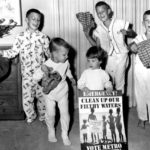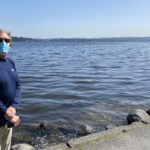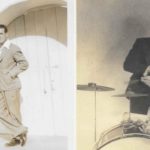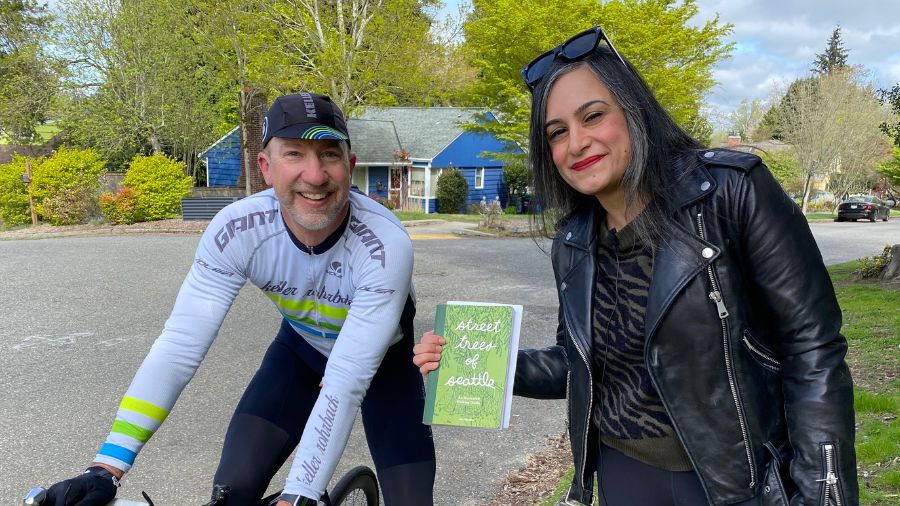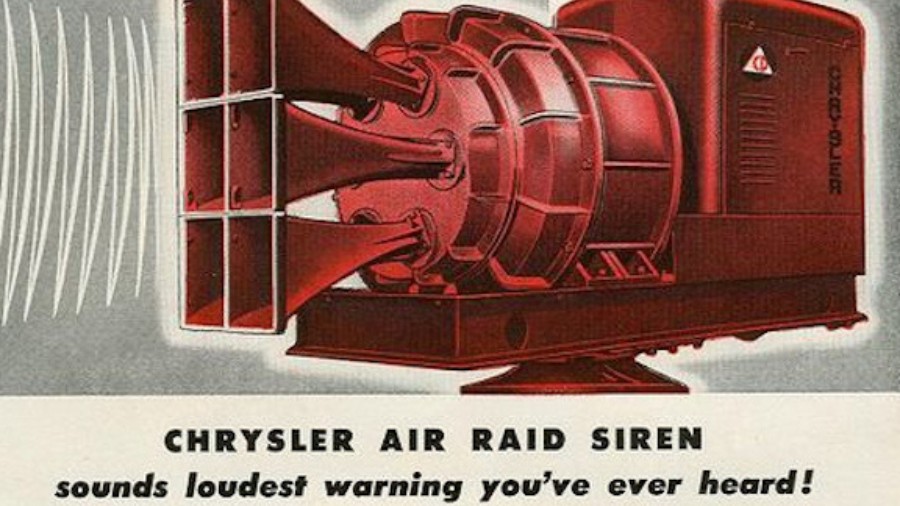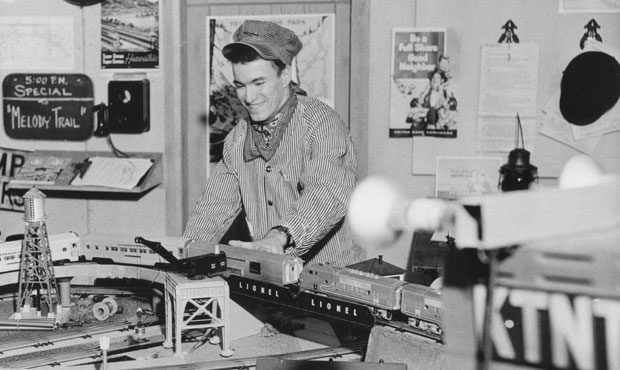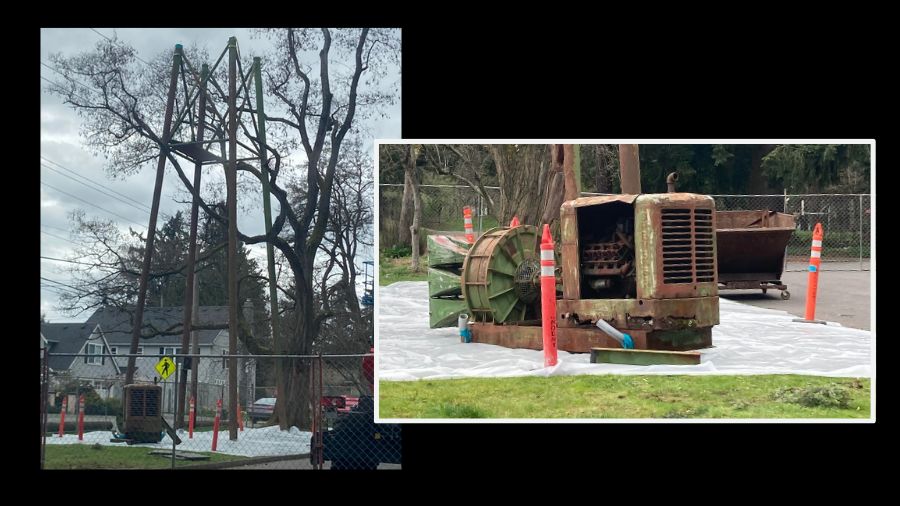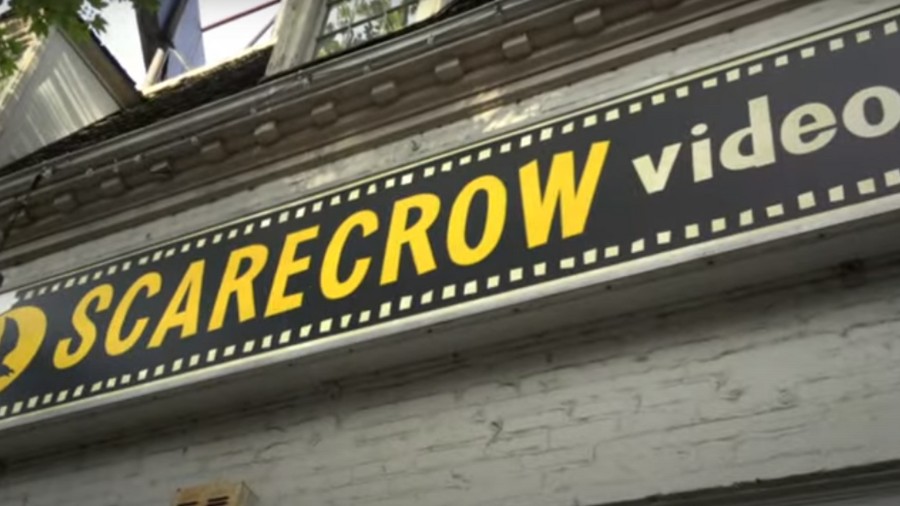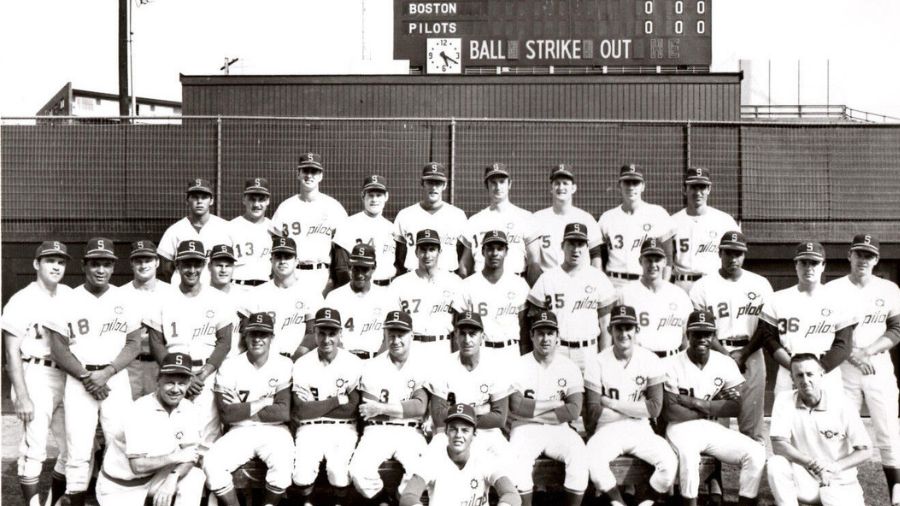Seattle’s most iconic image ‘just did the job’
Jun 16, 2021, 12:05 PM | Updated: 1:47 pm
A 1958 photo of a group of children in swimsuits – standing with their backs to the camera, on the shore of a polluted Lake Washington – might be one of the most iconic images in Northwest history.
It’s the cusp of summer, and what hopefully will be a fairly normal swimming season on Lake Washington – where lifeguards will be on duty at many City of Seattle beaches beginning Saturday, June 26 – is just over the horizon. Lake Washington is a popular destination via land or by boat, and in recent non-pandemic times, thousands of people of all ages take for granted the ability to cool off with a summertime swim in the urban waterway.
But this wasn’t always the case. Back in the 1950s, postwar economic growth around the lake had outstripped the wastewater infrastructure. Failing suburban septic tanks and an aging urban sewer system meant Lake Washington had become a polluted and toxic place.
That was when a young civic leader named Jim Ellis masterminded a campaign to create a countywide agency to clean up the lake by building a new regional sewer system. This required a public vote to create the Metropolitan Council – or METRO – which would be the first step to addressing the problems in and around Lake Washington.
When it first appeared on the ballot in March 1958, the METRO measure failed to get enough votes. Somehow, the simple message about cleaning up the lake just hadn’t resonated with enough people. But Ellis and other METRO supporters weren’t about to give up. The measure went back on the ballot for the September 9, 1958 primary, and a new campaign strategy was developed.
For that second try with the voters, a poster was created featuring the photo of the five kids in swimsuits, staring out at the lake, with a foreboding sign in the foreground – that may or may not have been pasted in – that reads, “WARNING: POLLUTED WATER UNSAFE FOR BATHING.”
One of those swim-suited kids – the littlest guy, standing right there in the middle – was Kenan Block. He’s a former journalist and longtime local public affairs guy, and KIRO Radio met up with him recently at Matthews Beach, site of the 1958 photo shoot.
“So my extraordinary and very minor claim to fame is I’m a native Seattleite, and when I was four years old back in 1958, my parents dragged me and my siblings to Lake Washington to be in a photo shoot for the METRO campaign,” Block said, his eyes scanning the distant eastern shore of Lake Washington as he tried to locate the exact spot along the lakeshore where the photo was taken.
“We were dumping raw sewage into [the lake] back in those days, and it was an effort to get the voters to pay for sewage treatment,” Block continued. “And our scrawny little butts were looking out over a polluted lake, and a sign that said … in huge letters, ‘Emergency – clean up our filthy lake.’”
And while the poster is nearly indelible for most Seattleites of a certain age, it’s also something of a Block family photo, too.
“On the far left is my youngest sister Susanna, who sadly passed away due to breast cancer [in June 2020], and then there’s my brother Jonathan, my oldest brother, and he is now married and living in Portugal,” Block said. “And then Daniel – who’s two years older than me – Daniel’s back in Seattle. And on the far right is my brother Adam, and Adam sadly passed away about a dozen years ago.”
Kenan Block says it was likely no random occurrence that he and his siblings were featured in the iconic photo and poster.
“The reason us Block kids got roped into it was my parents” – the late Bob and Dorothy Block – “were political activists and social do-gooders,” Block said.
Block says his great-grandfather Max Block had, in the 1920s, started at the Pike Place Market what became a chain of shoe stores in the Western United States, and then sold the business after World War II.
“My dad Bob Block was a third-generation Seattleite and very involved in civic affairs,” Block said. “He was part of that ‘Greatest Generation’ that believed it was really important to fight for truly a civil society, and that meant great parks, great libraries, civil rights. He and my mother Dorothy were very active in local politics and trying to make Seattle a truly great livable city for everyone, rich or poor, Black, brown, white, Asian.”
“That was really their values and they practiced them,” Block said, which explains their connection to Jim Ellis and METRO.
“The folks involved in the METRO campaign had tried earlier to pass this [ballot measure] unsuccessfully, and they were sort of baffled that, you know, going around with public health officials and doctors saying, ‘It’s really not good to have raw sewage being spewed into the lake,’ and it still failed,” Block said. “They realized their mistake was going after folks’ heads and not their hearts.”
Someone on the campaign, Kenan Block says, must have said, “‘We need some kids who can’t swim in the lake, and don’t Bob and Dorothy Block have a slew of them?’ So they called my parents up and they got all of us to get in our bathing suits and drove us here to Matthews Beach.”
The image began appearing on posters sometime in early August, and was also plastered on buses and used in newspaper ads. When the ballots were counted following the Sept. 9 election, the METRO measure had passed. The poster – and the Block family – had done the job.
It’s not known who the graphic designer was, but the picture was taken by a photographer named Howard Staples. He began his career in Los Angeles in the 1930s, and came to Seattle around 1940 or so to work for the old Seattle Post-Intelligencer – and a lot of his journalism photos are in the collection of the Museum of History & Industry. He passed away in 1996.
Longtime photography curator at MOHAI Howard Giske is retired now, but is still an expert on Seattle area photography. He knows Howard Staples’ work, and knows the Lake Washington photo, which he puts in the top-tier of recognizable local images.
“I think it was an early really good example of photo activism, if you will,” Giske told KIRO Radio.
Howard Staples “was a news photographer, a working news photographer, who was probably doing this work as a favor to the political campaign, and it was a brilliant photograph.”
Giske’s analysis echoes the “head versus heart” political strategy described by Kenan Block.
“How in the world are you going to document the need for cleaning up sewage in a beautiful lake without [showing] people?,” Giske asked “And he picked just the right people to do the picture, and the great landscape of the lake itself and children, innocent children – children who want to go swimming.”
“That picture just did the job,” Giske said.
This historian – as a teenager too ignorant to ask good questions – met Howard Staples several times back in the 1980. He had the look and mien that made him seem as if he was from another time; he was very dapper and fastidious, and seemed reserved and serious. Images from his career that he seemed most proud of featured Hollywood stars from the 1930s, including Clark Gable and Carmen Miranda.
His granddaughter Tenny Priebe works as an executive producer for a Seattle creative agency. Howard Staples was her late mother’s father, and Priebe spent a lot of time around her grandfather as a child and young woman.
Priebe says that details about how her grandfather came to be the one to take the photo are not clear, but she believes he was likely connected to the kinds of social circles that would’ve put him in contact with Jim Ellis and other METRO supporters.
And he was indeed a dapper fellow, Priebe says.
“He was a very stylish man. He always was wearing lightweight wool pants and a really nice sweater,” Priebe said. “He had this great mustache, and those sort of artsy 1950s and 1960s glasses that he would wear.”
Priebe, who nowadays works with photographers and videographers as part of her job, benefited from her grandfather Howard Staples’ advice when she was learning about photography in college. Now, she says she’s even taken on a bit of his personal style, too – at least when it comes to eyewear.
“I kind of actually have taken to wearing those same glasses” as her grandfather, Priebe said. “But now they would be considered those ubiquitous ‘creative director’ glasses,” she said, chuckling.
Many details about images and photographers from the classic era of photojournalism – roughly the 1930s to the 1960s – remain hidden and difficult to track down. Even something as simple as a photographer’s name can be hard to find, since consistent photo credits for images in the Seattle Times and Seattle Post-Intelligencer weren’t commonplace until sometime in the 1960s.
And while millions of local journalism images have been preserved by institutions such as MOHAI and the University of Washington, there’s at least one more related to the Block family and Lake Washington that remains elusive.
“They used to have something called the ‘picture page,’ as you may recall, in the paper and it was like page three and it [featured] four or five large images,” Kenan Block said. “After [the METRO ballot measure] passed, the next morning the P-I sent a photographer to our house and they had all of us kids in our pajamas with our bathing suits in hand, in the living room, waving our bathing suits joyously.”
As for METRO and Jim Ellis, cleaning up Lake Washington was only the beginning. After creating METRO, beginning in 1965 he led the “Forward Thrust” effort to create more infrastructure and parks (though a rail measure failed), and he later led the Mountains to Sound Greenway (which was recently named a National Heritage Area). After a long career as attorney and civic activist, Jim Ellis passed away in 2019 at age 98.
METRO eventually took over the old Seattle Transit in the 1970s and transformed what became a regional bus system, and then the whole thing – transit and wastewater – was ultimately folded into King County government in the 1990s.
But, it’s no stretch to say that it all began with a Howard Staples photo of the Block family at Matthews Beach.
You can hear Feliks every Wednesday and Friday morning on Seattle’s Morning News, read more from him here, and subscribe to The Resident Historian Podcast here. If you have a story idea, please email Feliks here.



